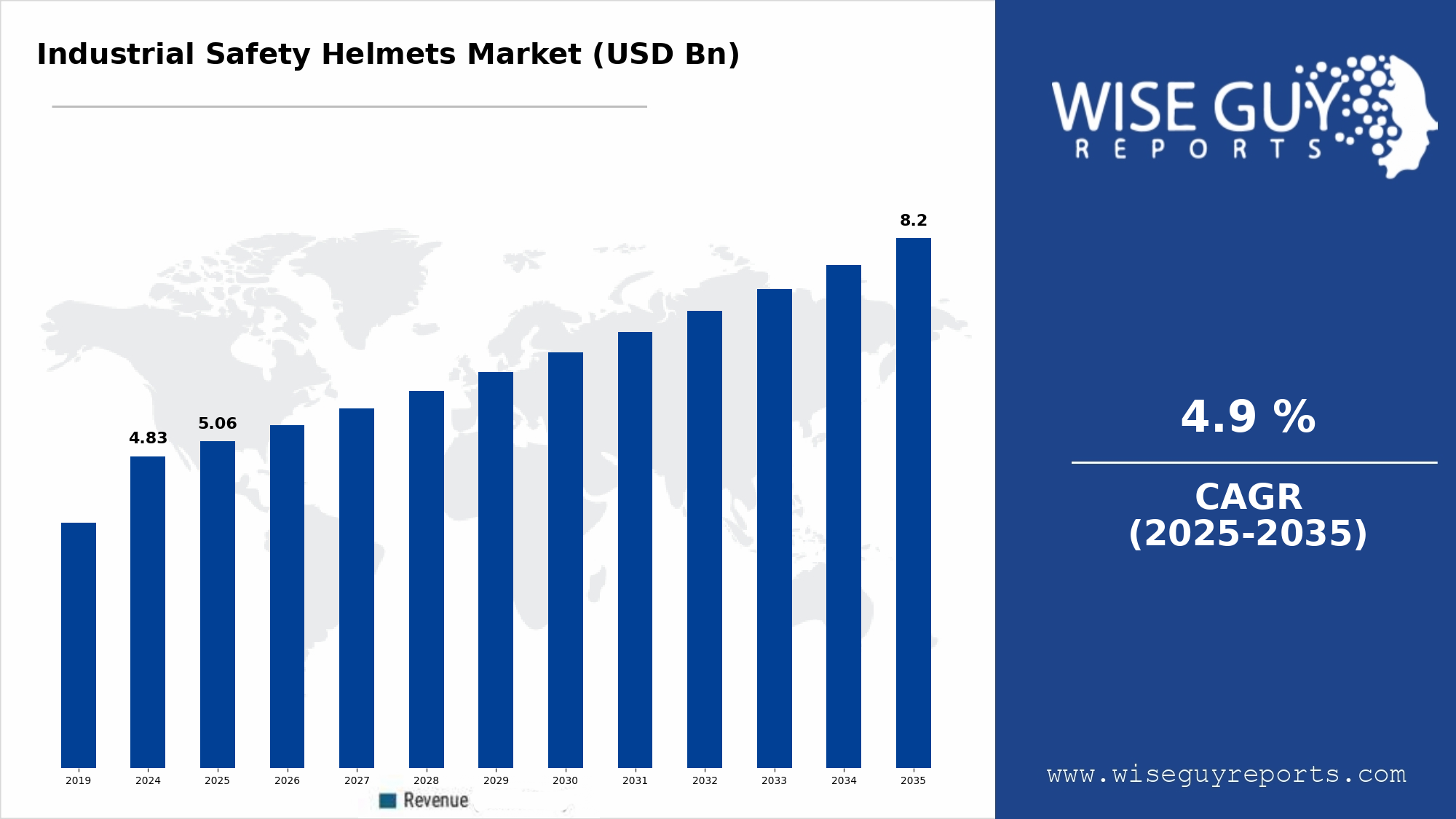The integrity of lyophilized drug products is increasingly jeopardized by the risks associated with extractables and leachables (E&L), which can compromise product safety and efficacy. As the biopharmaceutical industry pushes for more complex formulations and packaging materials, the potential for harmful substances to leach into drug products grows. This challenge is particularly critical given the stringent regulatory landscape that demands rigorous testing and validation of drug components. The authors highlight that addressing E&L issues is not merely a compliance exercise; it is essential for maintaining patient safety and ensuring therapeutic effectiveness in a competitive market. Failure to adequately manage these risks can lead to significant financial and reputational repercussions for manufacturers.
To mitigate E&L risks, a comprehensive, multi-faceted strategy is essential. The authors advocate for a proactive approach that includes thorough material selection, robust testing protocols, and continuous monitoring throughout the product lifecycle. By integrating advanced analytical techniques and risk assessment methodologies, companies can identify potential E&L sources early in the development process. This proactive stance not only enhances product quality but also aligns with regulatory expectations, ultimately fostering trust among stakeholders. The implications of these strategies extend beyond compliance; they represent a commitment to innovation and excellence in drug development, positioning companies to navigate the complexities of modern biopharmaceutical manufacturing effectively.








